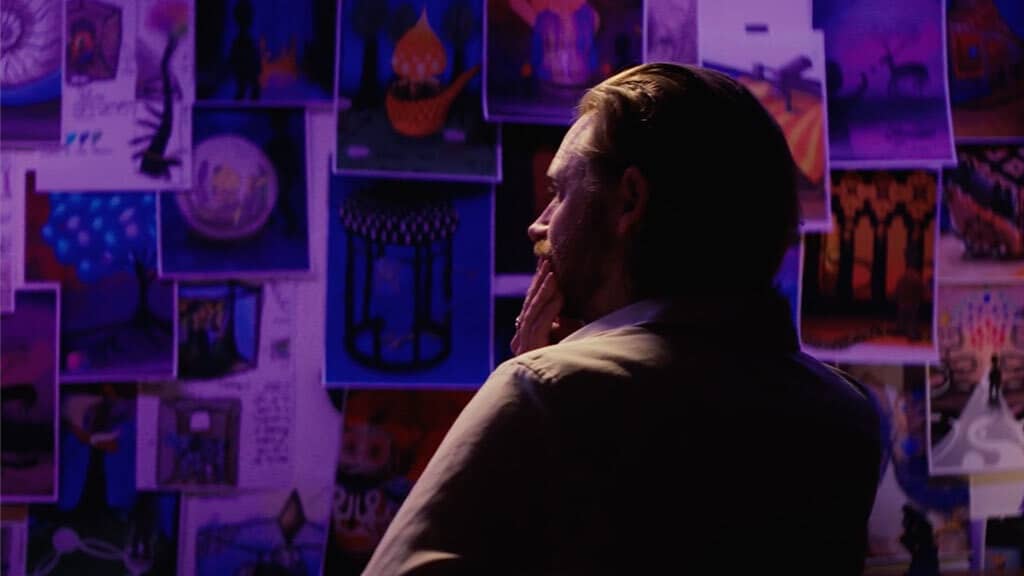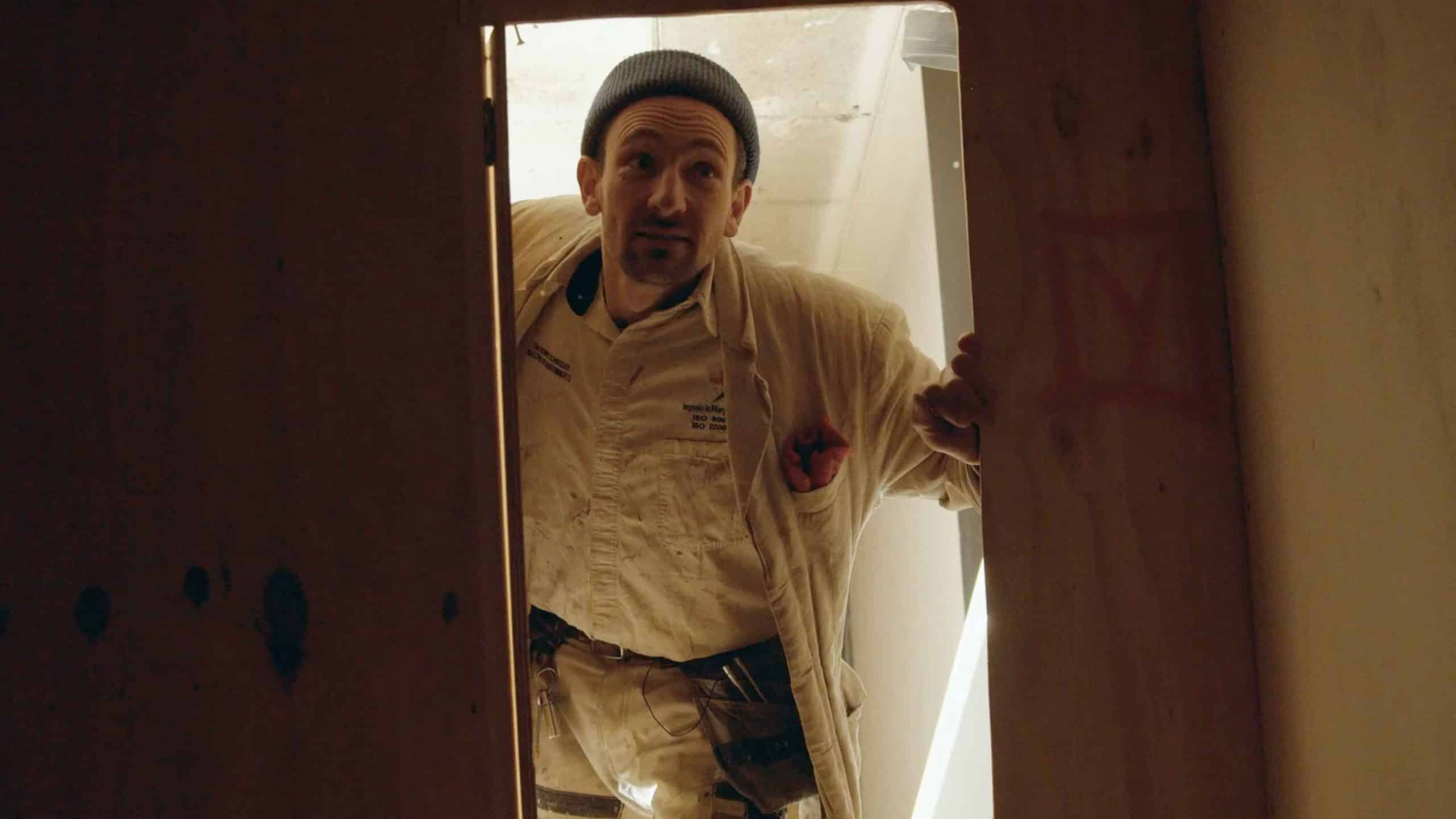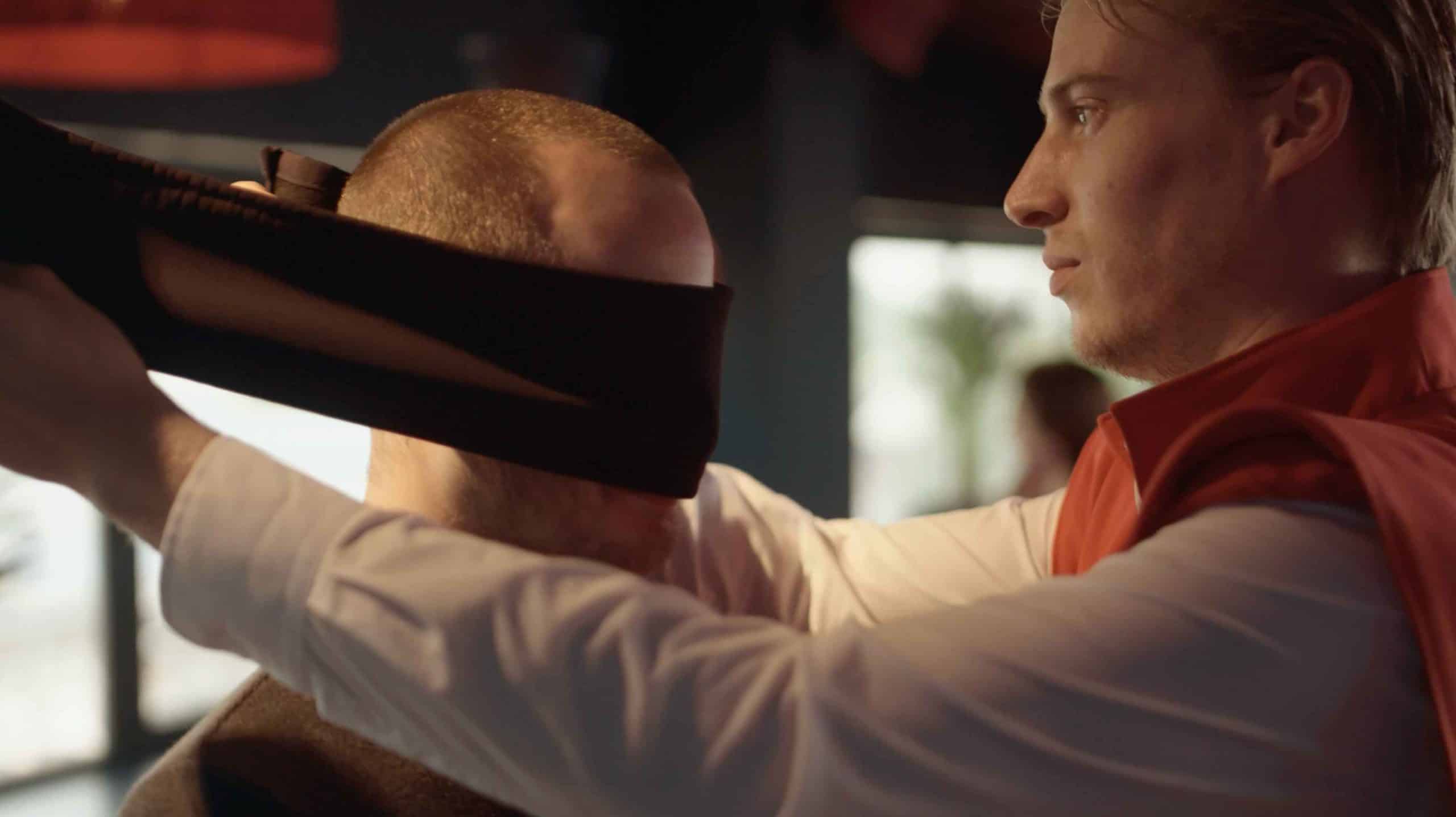The artists of the Anoma Maze
Producer
Joep van Gorp
Art director
Alan Boom
World design
Alan Boom, Daan van Genechten, Gijs Leijdekkers, Joep van Gorp, Matthijs Verhagen, Merijn van Kruijsbergen, Nicky de Waal, Ruben Topia
Brand artists
Britt Dorenbosch, Cecilia Rebergen, Gemma Pauwels, Inge van Heerde, Lybrich Wieringa, Ralph Zabel, Samira Charroud, Tijmen Snelderwaard
Gastronomy design
Alan Boom, Daan van Genechten, Joep van Gorp, Joris Le Poole, Reno van Hest
Spatial artists
Camilla van Wirdum, Eefje de Visser, Gijs Frieling, Guido de Boer, Hans Schuttenbeld, Ivo Brouwer, Janine van Veen, Job Wouters, Jonas Wijtenburg, Juliet Campfens, Margriet van Breevoort, Maureen Jonker, Pascale Pieksma, Thomas Lievestro, Vincent de Boer, Vincent Schoutsen
Brand development
Anouk van Roosmalen, Bas Nellen, Bjorn Hendriks, Carola Jansen, Charlaine Sahabuddin-Müller, Floor Rooijakkers, Goedele Smeulders, Melissa Kivits, Grete Simkuté, Hilde Greveraars, Jip Bierkens, Joep van Gorp, Lea Willems, Matthijs Verhagen, Nino Schöningh, Randy van Huijgevoort, Sanna Schoonenberg
Soundtrack
Eefje de Visser
Sound design
Thijmen Hoebink
Supporting artists
Anne Anndeweg, Beau Hoogerwerf, Brontë Scott, Christian van Marle, Danny Griffioen, Emma O’Neill, Frank Broois, Gideon May, Isabelle Griffioen, Jop Erken, Jules Dock Shaping, Juliën Vrinds, Lisa Scheffer, Mariëlle Curfs, Michelle Vossen, Nico van Wirdum, Pip Erken, Serge Offermans, Simon Luitse, Tessa Rose Jackson, Teun Kloosterman, Teun Vinken
Decoration and carpenters
Alco Rikkers, Anouk van de Warenburg, Bart van Berlo, Bjorn van der Mast, Chantal van den Berg, Chris van den Berk, Danny Joosten, Dirk Goossens, Frenk Joosten, Gerard Berkers, Giel van Kemenade, Henk Van Bemmel, Hilco Uil, Isabelle van Houts, Jasper Minnen, Jeroen Kant, Johan de Boer, John Do, Joris Le Poole, Joris Peeters, Jorn Juist, Jurgen Santegoeds, Justus Verbrugge, Kees van de Ven, Lisa van Doorn, Luc van den Broek, Luuk Adams, Marieke Tilborghs, Mark van Veen, Martijn van Crey, Martijn Visser, Martin Kok, Mechie Voermans, Melissa Kivits, Michael Ebert, Michael Molleman, Michiel Eusman, Nino Schöningh, Patrick Koenes, Peter Termaten, Rebecca Scharn, Renée Huizinga, Sanne Clephas, Sanne Waulthers, Sem Elands, Stijn Kooken, Thijs Leijgraaff, Twan van Uffelen, Youri van de Konijnenberg
AV design
Gideon Kock, Gijs Witjes, Kevin Verheij, Mark Dumoré, Matthijs van Veen, Sebastiaan van Oppenraaij, Wout Kersten
Art commission
Alan Boom, Eefje de Visser, Guust Persoon, Jop Vissers Vorstenbosch
Construction
Alexander van Osch, Bart van de Pas, Bart van Gestel, Carlo Speeks, Christ Reijbroek, Daniel Spierings, Edwin Robben, Hassan Maghsoudi, Ivo Cerutti, Jan Boelen, Jeroen Tuithof, Johannes Gottenbos, John Cornelissen, Karel Franken, Kevin Baas, Ludo Louwers, Luuk Elbers, Marcel Grootswagers, Marc van de Westelaken, Mark Blanken, Mark Kuijs, Martijn Neggers, Michael Roovers, Michel van Delft, Peter Sengers, Marcel van Dijk, Ralf Toonders, Rinaldo Lensvelt, Ruben Roverts, Ruud van Bommel, Tjeerd Ligthart, Yanick van Hasselt
Film crew
Alan Boom, Ayke Govaart, Damian van den Broek, Eefje de Visser, Felicia de Blanken, Jeske Nieuwenhuizen, Job van Etten, Joep van Gorp, Johannes van Beeck, Justus van de Elsen, Marco van Esch, Matthijs Verhagen, Nino van der Steen, Noa Romswinckel, Pim van Gorp, Rik Vaessen, Rowan Switzar, Sara Janssen ,Thom van Dongen, Veerle Peeters
Film cast
Jos van Dooremalen, Lonni de Groot, Maickel Leijenhorst, Sam Alsamman, Melissa Kivits, Wies Berkhout
Other important people
Bram Jansen, Dick van Zuijlen, Elice Spillebeen, Evy van Ommen, Hanne Valckenaars, Hans Bos, Ifat Caspi, Jan Lommers, Jan-Peter Klijn, Linda Vogelsangs, Lisanne Hanneman, Lize Kraan, Marco Keurentjes, Marije Lieuwens, Martijn van der Heijden, Mitchel Weijers, Peter Brand, Peter Huisman, Philippe van Stratum, Pim Taai, Pitty Hermans, Rene Zirkzee, Rijk Vink, Ronald Besemer, Steffi Beckers, Tessa op ten Berg, Tista Meerssman, Zeger van de Flier
Janine van Veen
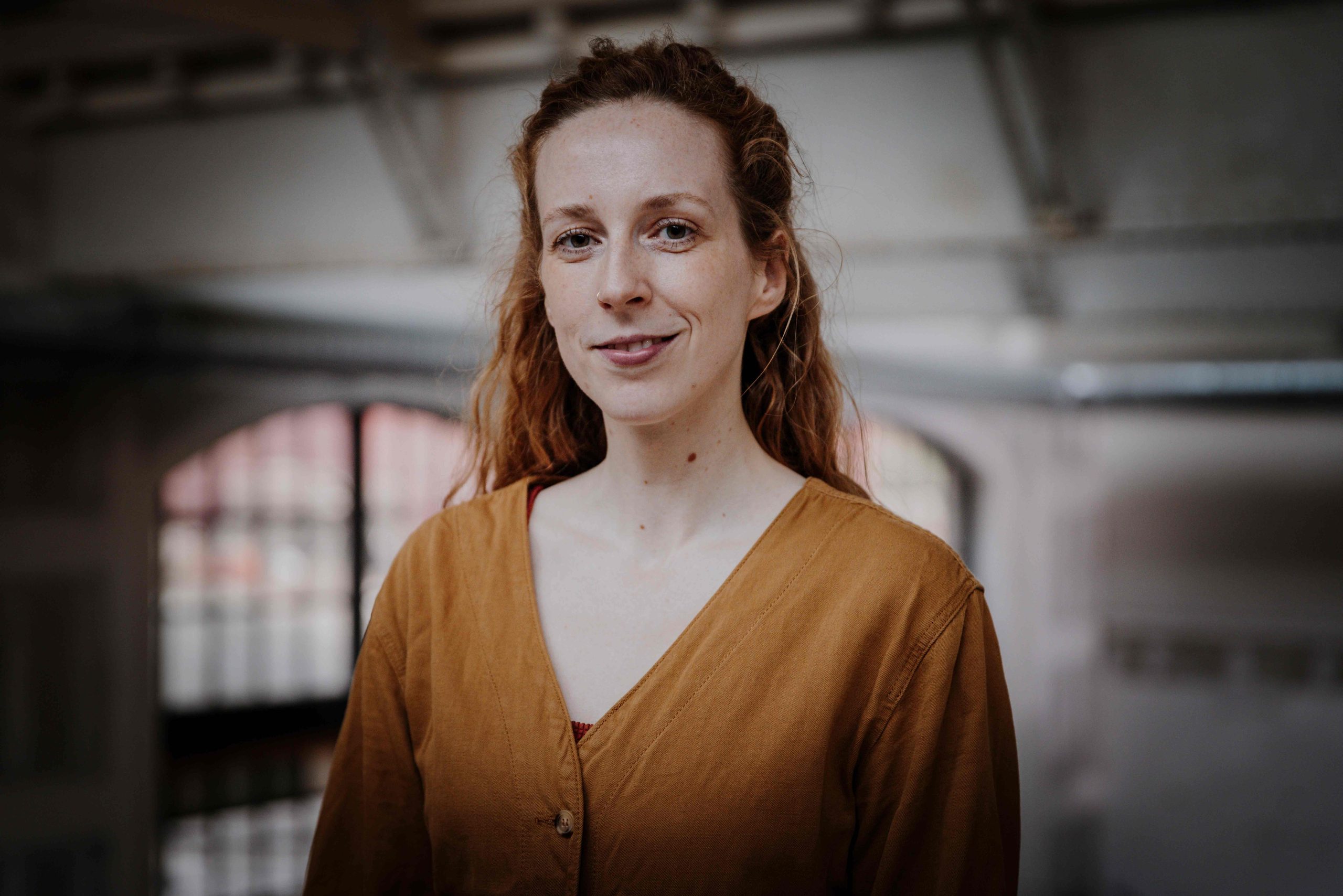
Biografie
A delayed attempt in infinity
With the press of a button, you can follow the whole world, and it seems as if anything is possible. Yet, younger generations are struggling with many burnouts and psychological issues. “Tragicomic,” says artist Janine van Veen. In her work, which consists of videos and performance art, she shows frustrations, worrying, failures, and vulnerabilities, as a counterpoint to a world where there is constant pressure to perform. We all have “no time,” nothing is ever “good enough,” and everything can always be faster, bigger, and better. It’s no wonder we feel the need to escape from it all, according to Van Veen.
Pippi Longstocking
In her artistic work, you often see the desire to escape from the process. In her poetic (video) installations, which are like moving paintings or living sculptures, she invites you to take a moment to pause, slow down, create space, withdraw, or simply relax. It won’t surprise you that the artist traveled to Sweden for a research project, where she searched for Pippi Longstocking: the symbol of unrestrained curiosity.
Ratrace
That childlike pleasure, where every new room is an undiscovered world, is also the reason why Van Veen created an artwork for Doloris. With her video installation, in which a red dress plays a leading role, she evokes the feeling of a “rat race.” “A feeling of being chased, endlessly and hopelessly stuck in your thoughts, a kind of senseless internal struggle – that’s what I wanted to depict in a physical way.” It was quite challenging to create the installation, Van Veen says. “All the elements – such as weather conditions, physical effort, and technical issues – have to come together just right, then the image I’m looking for emerges. Ultimately, I hope to say a lot with a minimal image.”
Artwork
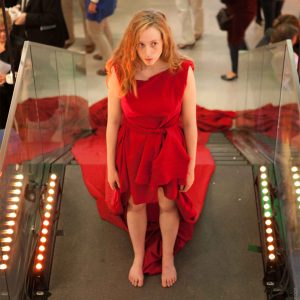
CUTTING THE RIBBON, performance, 1.5 uur, opening Minerva Praedinius, Groningen, 2012
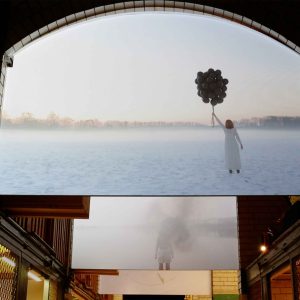
OVER DENKEN, videodrieluik, 120 fps fhd, kunstmanifestatie CareFull, Muntgebouw Utrecht, 2022
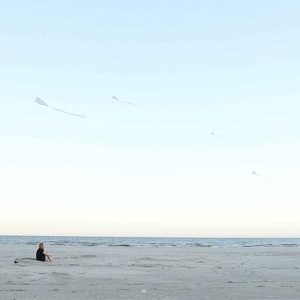
JUST BREATHE, video, 120 fps fhd, 2023
Picture 1. © Lize Kraan
Vincent Schoutsen
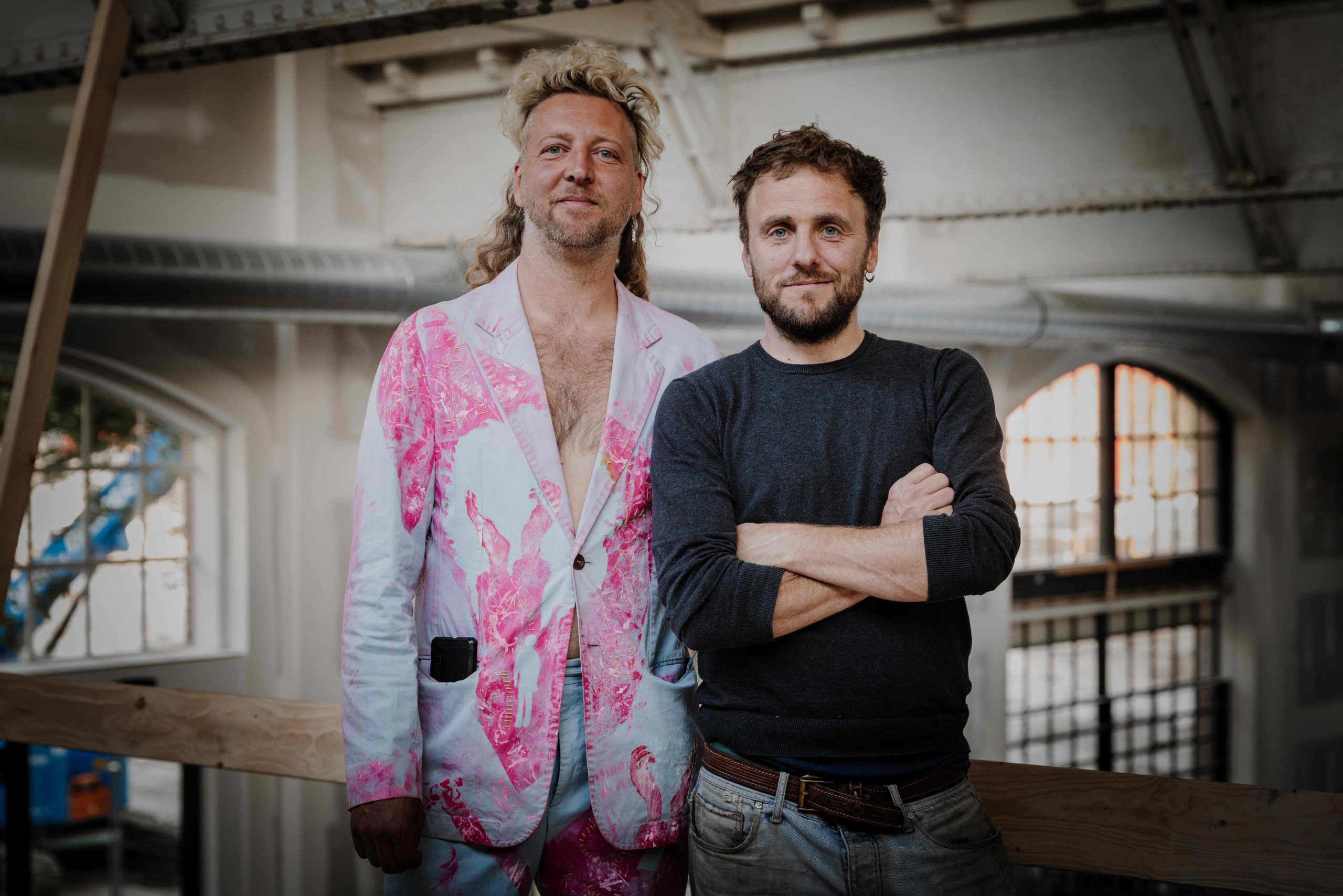
Biografie
Futuristic Universe
An inventor, performance artist, sound magician, philosopher, quantum physicist, outcast of the earth: Vincent Schoutsen is all of these. He is inspired by sound, cyberculture, and “other worlds” – and all these elements come together in his artworks. By consciously merging multiple sensory impressions, he hopes to share his magical futuristic universe with the viewer.
Magic of Sound
Schoutsen is a member of Het Uitvindersgilde: a collective of six sustainable and “out of the box”-thinking entrepreneurs. They explore the boundaries of disciplines and combine art with technology, technology with craftsmanship, and creativity with construction. As part of the collective, but also as an independent artist, Schoutsen is fascinated by sound. Sound plays a central role in his art. For example, in the past, he created a musical marble run, where the marble run was the instrument and the marbles produced the music.
Living Room
Schoutsen’s love for sound goes so deep that he earned a master’s degree in it: he graduated as a physicist. But that was too theoretical for him: he preferred to work with his hands, to create something tangible in the world. A match made in heaven with Doloris, then. “I really enjoy building worlds,” Schoutsen says, explaining his reason for participating in Doloris. For the Art Maze, he created a room that looks like a cyber cave but responds to the presence of the visitor. “Creating an immersive world that responds to the visitor is a special way for me to suggest the causal origin of sound. The room responds to you; it lives.”
Margriet van Breevoort
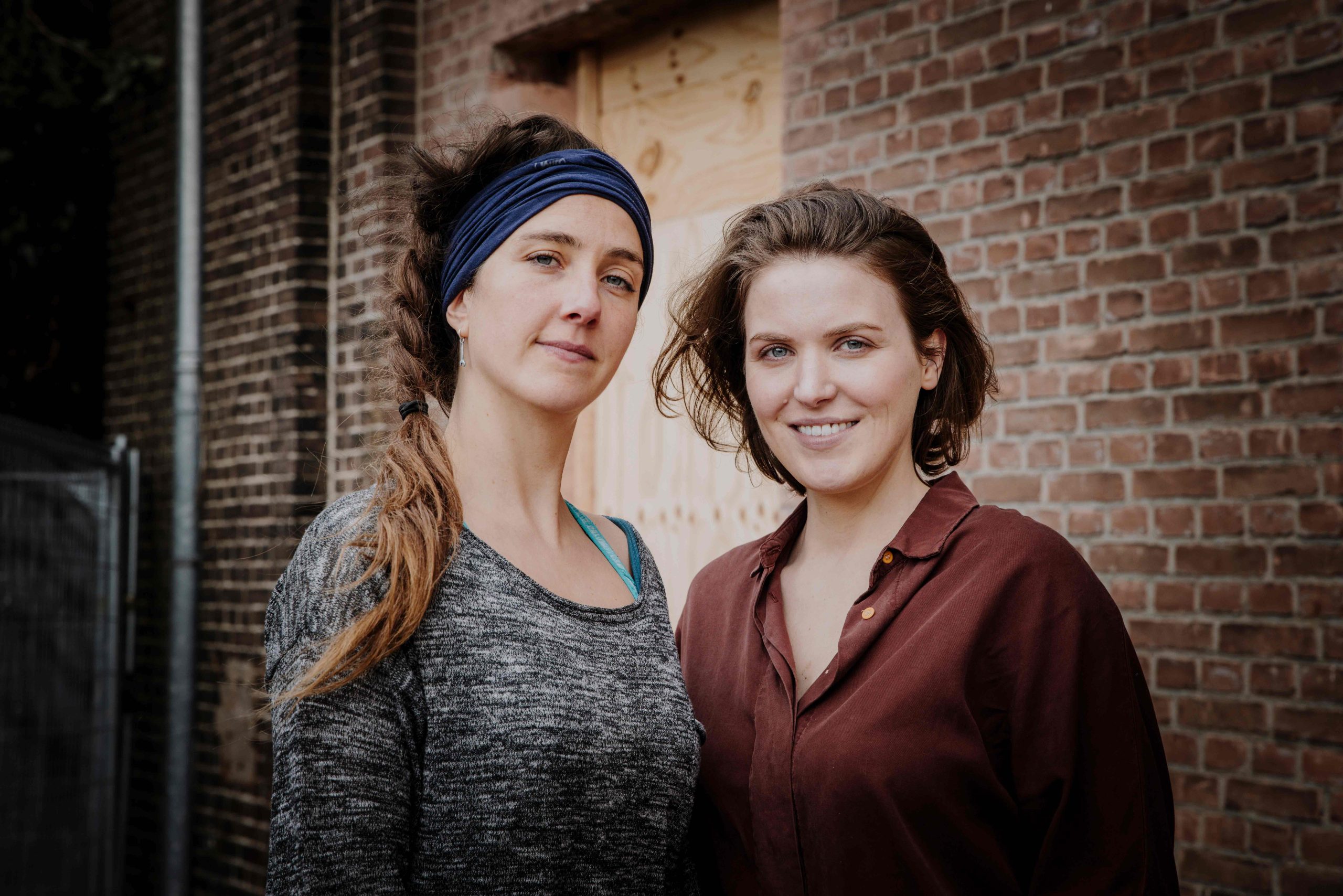
Biografie
Surreal twist
The hyper-realistic sculptures by Margriet van Breevoort (on the right in the photo) immediately capture your attention. From an extremely realistic creature with the head of an elephant seal to a futuristic species resembling a pig: the sculptures are figurative and meticulously detailed, yet always with a surreal twist. Van Breevoort constantly plays with the audience’s imagination: what is possible, what is not? What is ‘natural’ and what is man-made?
Nature vs. Man
In her work, Van Breevoort enjoys exploring the contrasts between humans and nature, the organic and the technological. She is fascinated by the Anthropocene era, the age in which nature has become subordinate and must adapt to humans. Can we still speak of ‘nature’ if everything we consider natural is made for and by humans? With her artworks, Van Breevoort tries to answer the questions she poses about the future, not shying away from science fiction.
Cute and creepy
“Normaal bestaat mijn werk uit losstaande sculpturen, maar ik was al langer op zoek naar een manier om een meer immersieve ervaring te creëren.” Het was voor Margriet “Usually, my work consists of standalone sculptures, but I had been looking for a way to create a more immersive experience for some time.” Margriet found it quite exciting to create work that can be touched, she says in conclusion. “Normally, my work is very fragile and viewed from a distance. So, that was a nice challenge.”
Margriet’s work contains a unique combination of attraction and repulsion. For Doloris, she created a dystopian world with Pascale Pieksma (on the left in the photo) that emerged from the waste left behind by our society, from which new life sprouts.
Artwork
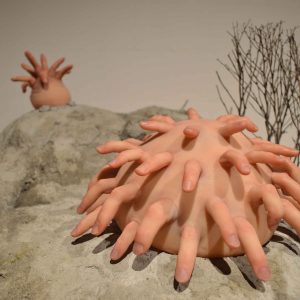
Growth, 2023
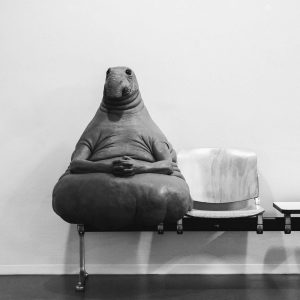
Homunculus loxodontus, 2016
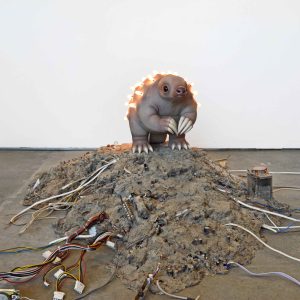
Pangoled in its natural habitat, 2020
Picture 1 © Lize Kraan
Picture 3 © Alexander Dhiet
High on Type
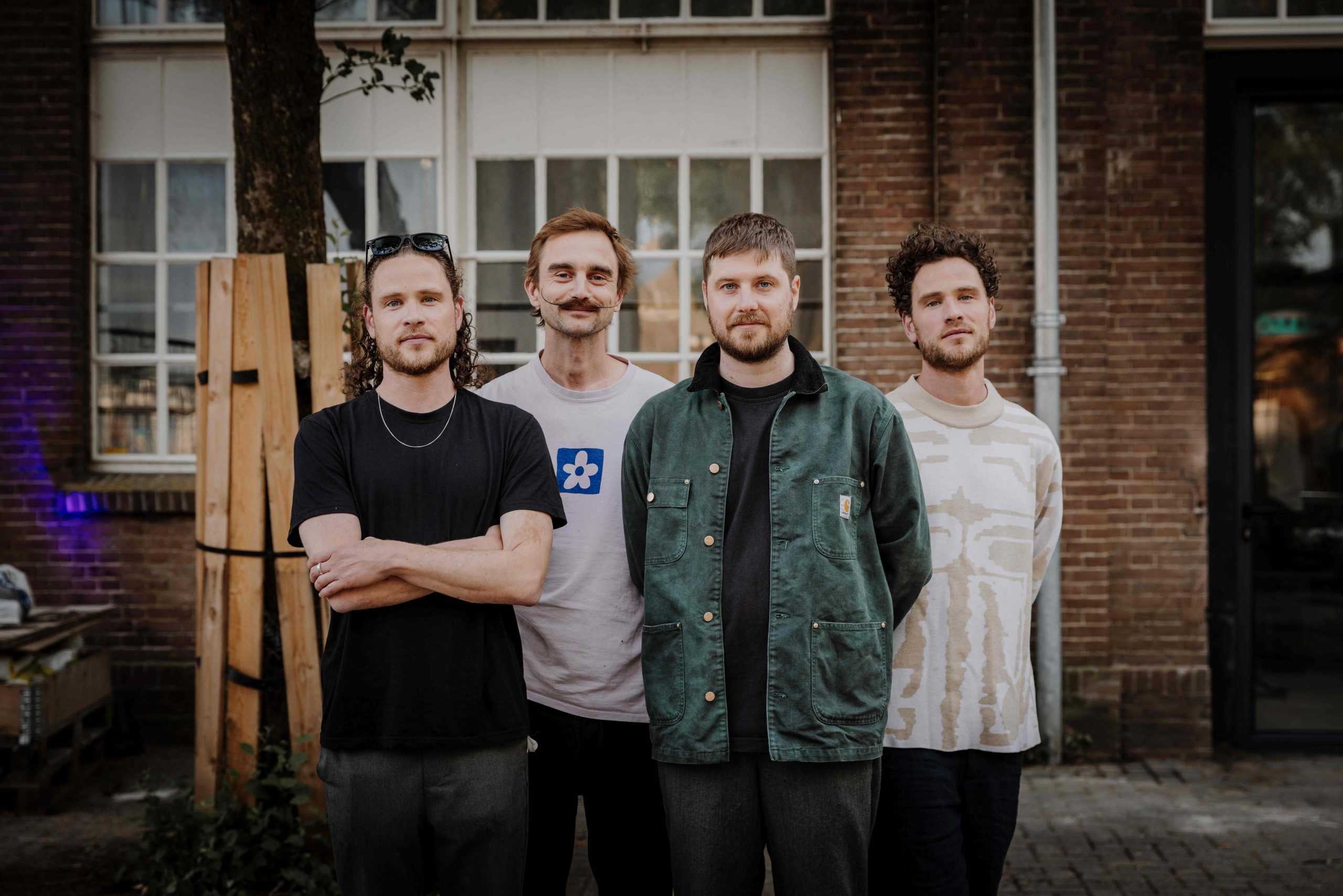
Biografie
Lines and letters
Passionate about letters, that’s High on Type. This collective, consisting of (graphic) designers, artists, and calligraphers Vincent de Boer, Ivo Brouwer, Hans Schuttenbeld, and Guido de Boer, is fascinated by letterforms. As individual artists, they seek their own visual language, which is further enhanced by their collaboration. As a collective, they experiment with new forms of expression through lines, letters, shapes, and the white space that remains unfilled.
Traces
Can you tell a story with just one letter? Sketch a world with a single line? Create meaning with the movement of your hand? And what do the traces you leave behind after writing something say? These questions are central to the work of High on Type. Their exploration results in unique handmade typefaces, abstract calligraphies, and other typographic experiments. In this way, the collective hopes to push the boundaries of typography.
Walking through a story
By organizing workshops, events, and exhibitions around the world, High on Type aims to inspire and excite as many people as possible about the wonderful world of letters. The collective eagerly seized the opportunity to create an intriguing artwork for Doloris. For this, the members were guided by the question: what would it be like to literally walk through a story? It promises to be a total immersion for the visitor, and the attentive observer will be rewarded, says Vincent de Boer. What exactly does that entail? “No distractions, no phone, diving deep.”
Artwork
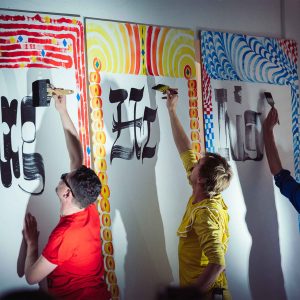
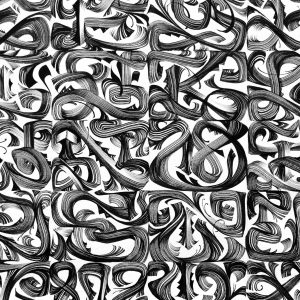
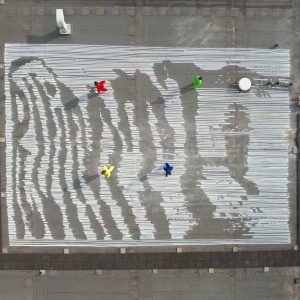
Picture 1 © Lize Kraan
Maureen Jonker
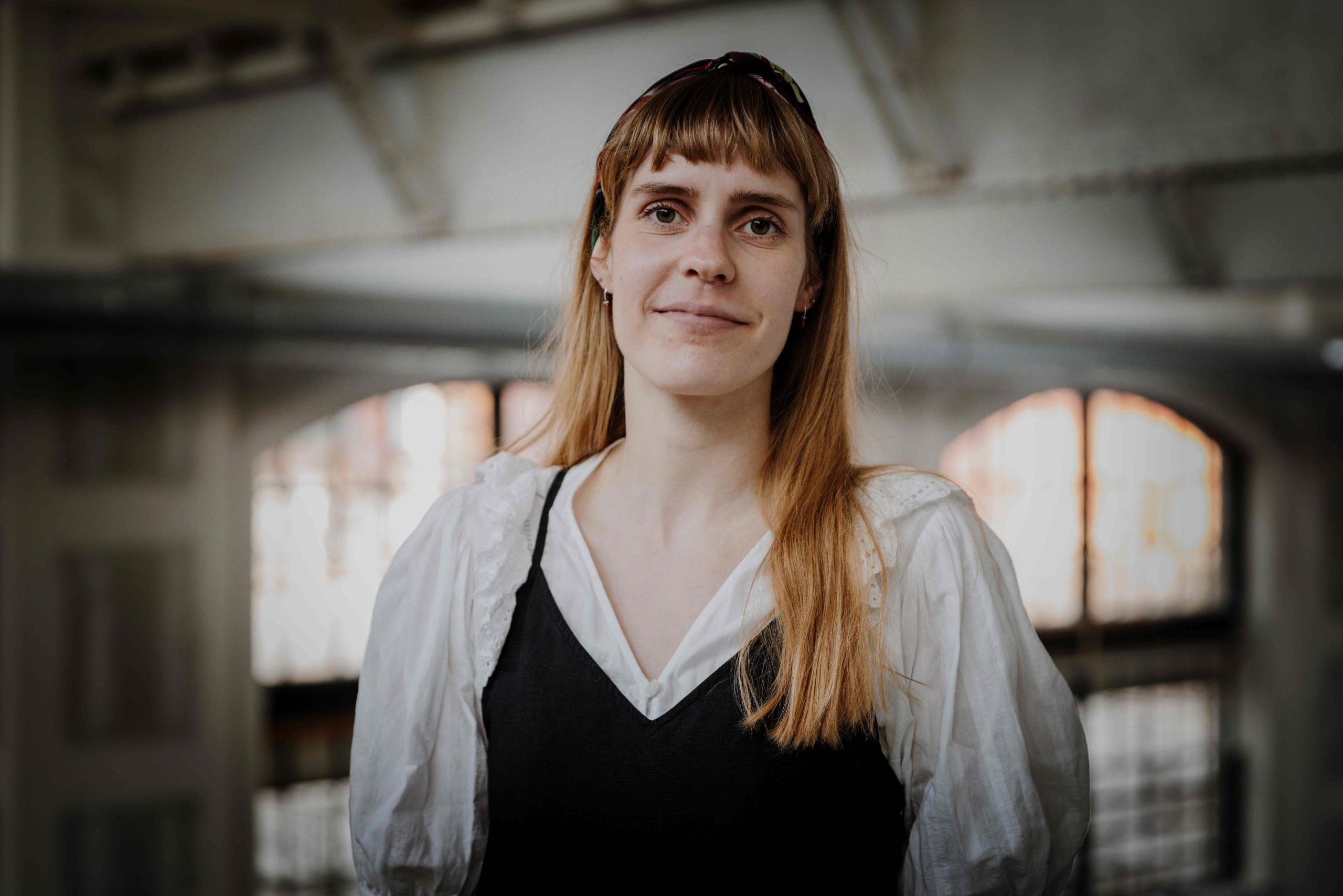
Biografie
Synchronized swimming
The human body takes a central place in the work of Maureen Jonker. She continually explores how to “arrange” the body in different spaces and situations. This interest stems from a sport she practiced for several years: synchronized swimming. Although you won’t find concrete references to this sport in her work, you can always recognize her urge to write choreographies in her artworks.
Endurance
In her work, Jonker places the human body within self-made spaces, which she calls scenarios. These scenarios can be material, made from materials like protective sheets, (corrugated) cardboard, wood, and PVC. But they can also be immaterial, formed by the framing of choreography. In the latter, the proportions of the human body and endurance play a significant role. Here, Jonker plays with the question: does the human body shape itself to the space, or is the space shaped by the human body?
Swimming pool
Currently, Jonker is very interested in the area between “movement and organization.” “I ask myself: how do you move people in a certain direction? How is non-verbal communication used to indicate how to behave or move in public spaces? How do you visualize and translate a movement so that everyone understands it?” Jonker explains. For Doloris, Jonker created an empty, non-existent swimming pool. “It consists of a combination of existing and handmade elements. In this space, you can only move in certain ways.” It surely results in fascinating postures…
Artwork
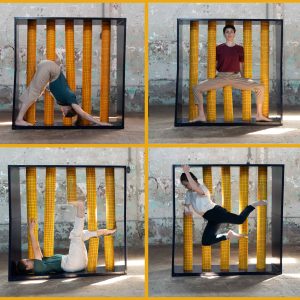
Compositions of Transformations, 2022
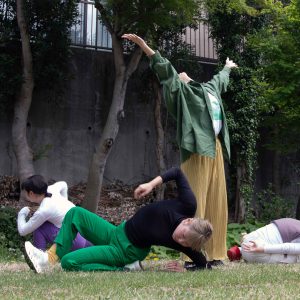
The Movement Library, 2024
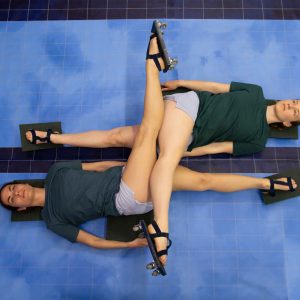
What if There isn’t Water to Perform, 2022
Picture 1 © Lize Kraan
Picture 2 © Maureen Jonker
Picture 3 © Maureen Jonker
Picture 4 © Maureen Jonker
Thomas Lievestro & Camilla van Wirdum
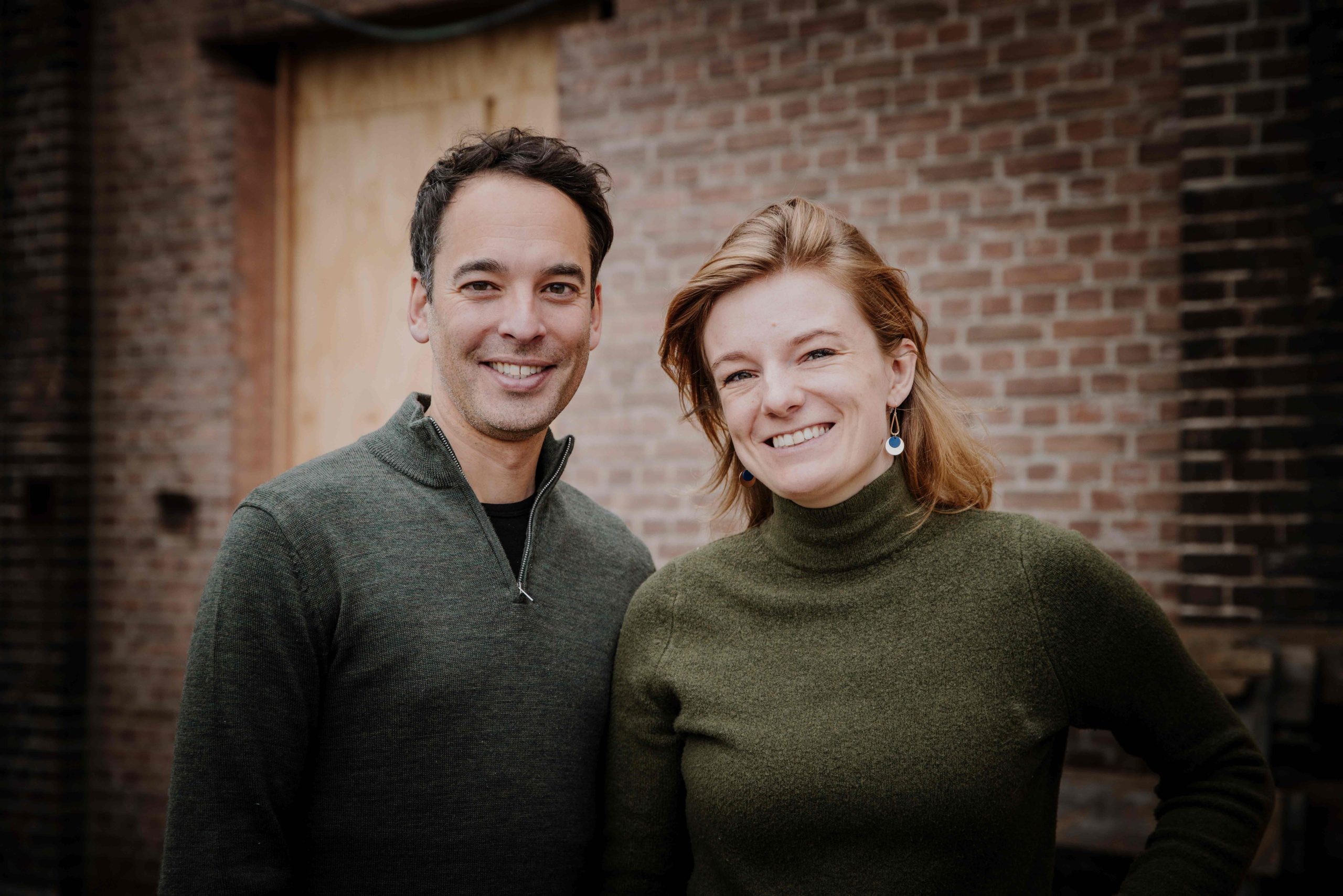
Biografie
Magical experiences
Blurring reality with a magical world: Thomas Lievestro and Camilla van Wirdum love it. Lievestro works as a creative entrepreneur and experience designer; his partner in crime, Van Wirdum, is committed to impactful science.
They create immersive experiences where the real world merges with their fantasy. Curiosity and the urge to explore are rewarded. For their interactive space in Doloris, the duo plays with an everyday object in walls that comes to life. Curious visitors can activate their wall creatures and experience magical things as they go on an adventure. “We hope that people can get lost for a moment and take that experience with them when they see this typical everyday object in their daily lives. Some details in our space will only be experienced by a few, the true explorers.”
Wonder
After testing one of the first Escape Rooms in the Netherlands at the Beurs van Berlage in 2015, Lievestro was hooked. “I completely stepped out of reality and was in a totally magical world for a while.” Since then, he has entered the world of experience design as a creator. “We find it very interesting when reality blurs with the magical world, and they almost seamlessly blend,” adds Van Wirdum. Curiosity, magic, wonder, movement, play, and seemingly impossible things are the keywords in their ‘experiential art.’
Collaboration
The duo is part of a network of Experience Designers with whom they regularly collaborate to co-create, experience, and discuss Immersive Experiences. For Lievestro and Van Wirdum, collaboration is very important. Their room features elements from other creators, from Doloris and beyond, which you can discover if you engage your curiosity.
Artwork
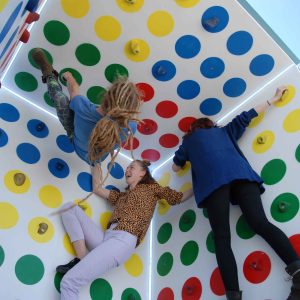
The BoulderBox – 3D Twister [2019]
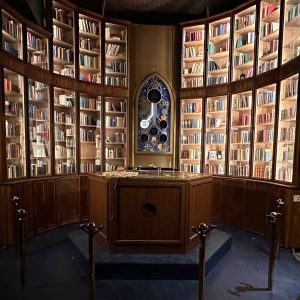
Sherlocked, The Alchemist – Magical Alchemy Ritual Adventure in the Beurs van Berlage Amsterdam. [2023]
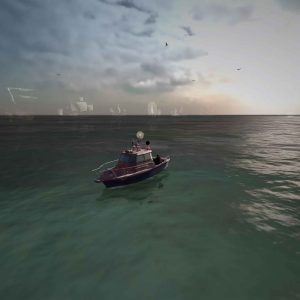
De Jurk en het Scheepswrak – award winning Interactive documentary [2023]
Picture 1 © Lize Kraan
Juliet Campfens
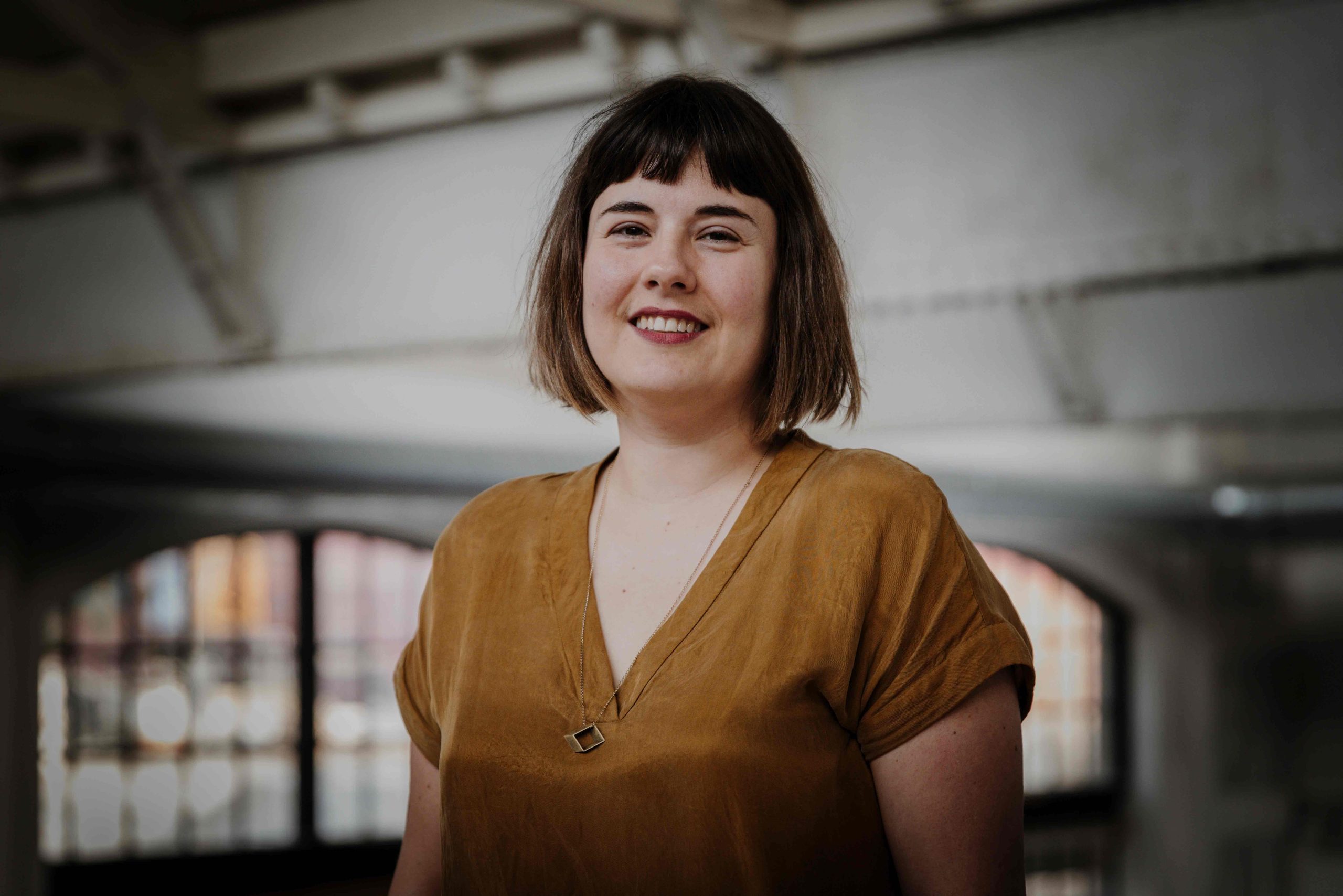
Biografie
Dolls and sets
Juliet Campfens is always busy creating little worlds. She makes miniature sets, dolls, and scale models for theaters, museums, and animated films. Sometimes these ‘worlds’ aren’t so small: she is often involved as an artist in creating large city models and panoramas. With a camera lens, she manages to make the miniatures even more convincing and bring them to life. Besides making dolls and sets (for example, for operas), Campfens is also a stop-motion animator. Her animation work has been shown and awarded at festivals worldwide.
Mysterious interiors
Campfens is inspired by the atmosphere of landscapes and built environments. “The narrow alleys in the city center of Utrecht, for example,” she says. “When the sun shines obliquely there, it’s already a film set, nothing more needs to be done.” She also gets inspired by forests with winding trees, crumbling dirty new buildings, vacant lots, and overwhelmingly large industrial machines. “I immediately feel like building on them in miniature.” Mystery plays a significant role in her work: secret doors, drawers, peepholes… “I love it when there’s more going on than meets the eye.”
Suggestive
When she visited the Peristal Singum labyrinth in Berlin, Campfens was completely blown away. She found it a fantastic experience and now finds it very special to contribute to a maze herself. For Doloris, she created a miniature world. “I like to keep it mysterious, so I don’t want to say too much about it.” Yet this miniature world, like Campfens’ other works, will be characterized by details, abundance, atmosphere, and the occasional joke. “I also prefer to work with materials I already have, like old wood. I like it when everything remains somewhat suggestive and stimulates your imagination, but I also like it when you can sometimes still see what something is made of.”
Artwork
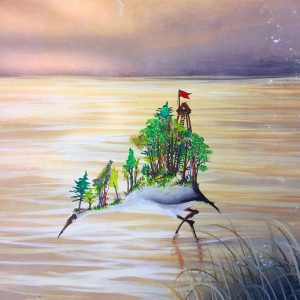
Illustration
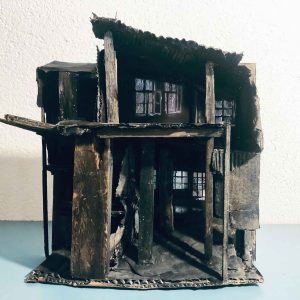
Miniature building
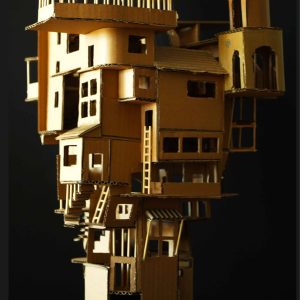
Miniature building
Picture 1 © Lize Kraan
Picture 2 © Juliet Campfens
Picture 3 © Frances Rompas
Picture 4 © Juliet Campfens
FreelingWaters
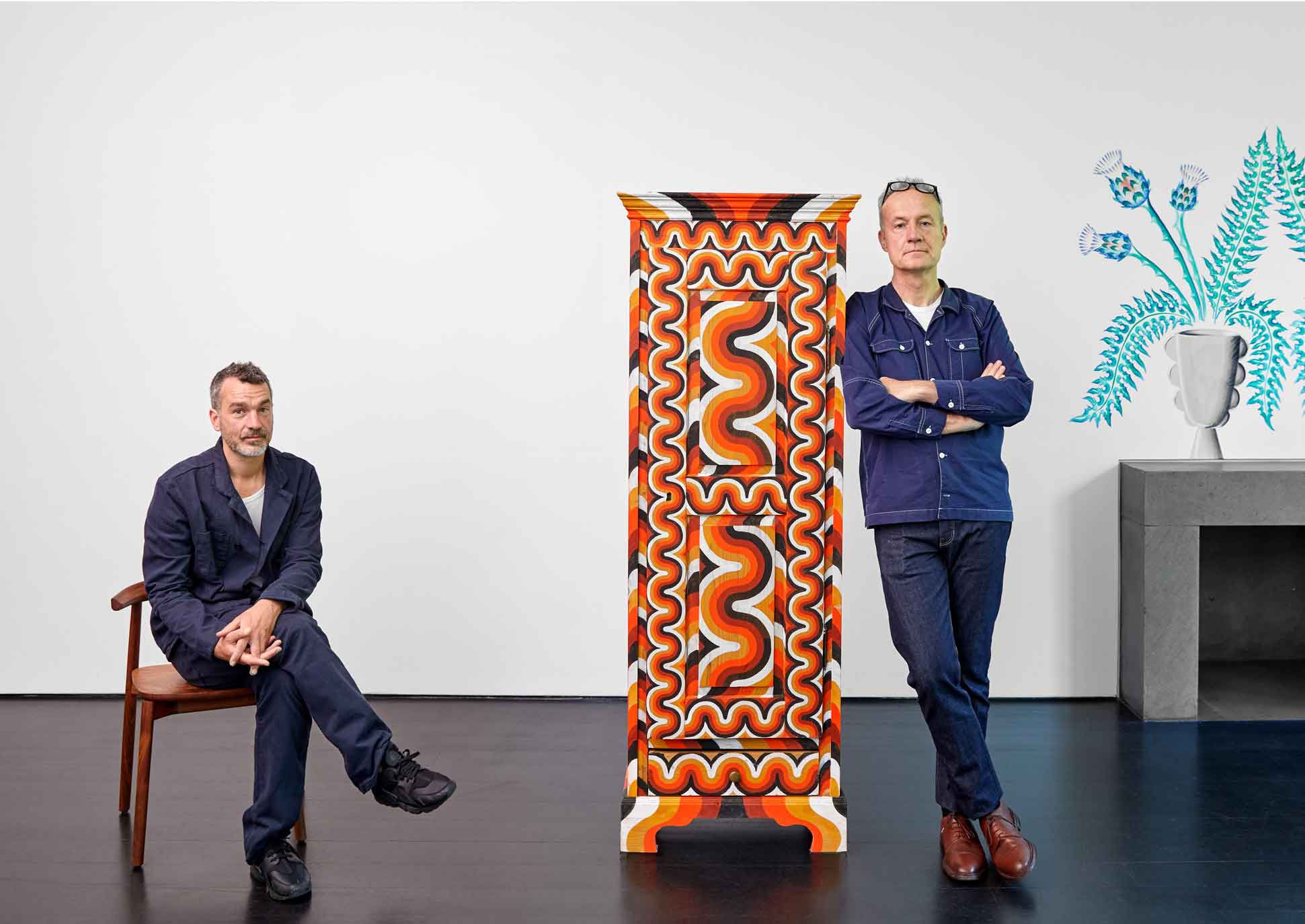
Biografie
Gijs Frieling and Job Wouters of FreelingWaters work with homemade paint made from pigments and casein (a protein found in milk). This results in beautiful, bright, distinct colors. Despite the fact that you encounter something new in every corner of their murals, they also evoke a certain calmness. For the artwork for Doloris, they emphasized the experiential aspect of their art together: as a visitor, you can fully immerse yourself in the specific atmosphere of FreelingWaters’ paintings. Or as Gijs himself puts it, “I want people to feel welcome and be able to look at everything calmly, while at the same time invoking a sense of inexhaustibility.”
Jonas Wijtenburg
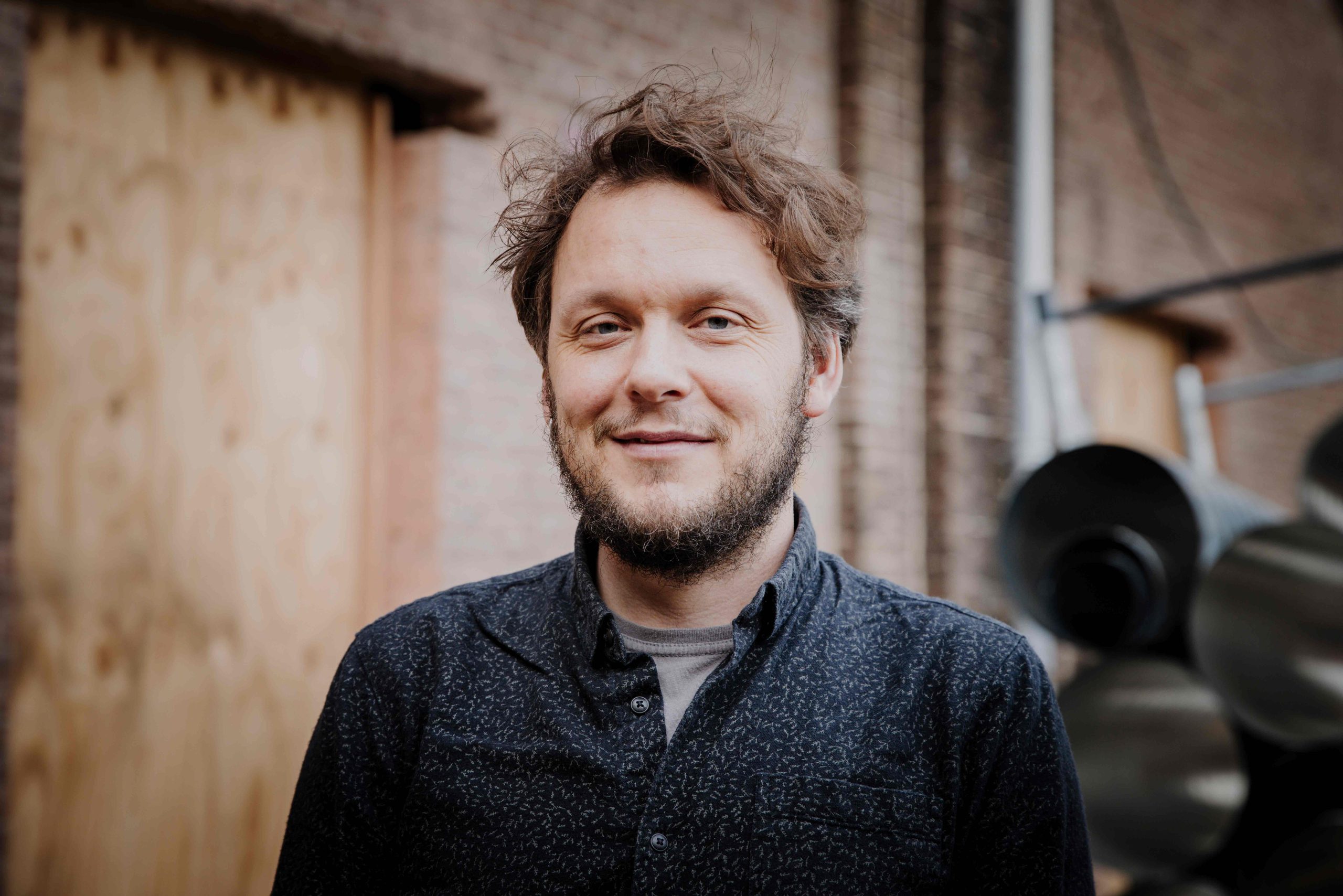
Biografie
Jonas Wijtenburg makes sculptures and installations that are increasingly about ways of collaborating and organizing. He is fascinated by man’s ability to shape his environment. As a builder, he does not shy away from large constructions. His installations and sculptures are mostly massive and space-filling. For this he likes to use materials such as wood, (parts of) objects and tools. Behind their “charming clumsiness,” lies a love of detail and a very secure working method.
Stack sculptures
Wijtenburg prefers to make modular sculptures, sculptures whose flexible nature provides a basis for collaborations with other artists. Think of workstations in which other artists can work or a ceramic sculpture for a French wine grower. He often “stacks” his materials, which often come from previous installations, resulting in seemingly shaky accumulations. As a result, his sculptures resemble totem poles. They also refer to classical antiquity or the early Middle Ages.
Turning in your phone
The concept of Doloris immediately appealed greatly to Wijtenburg. “It’s great that we as artists create something that can only be experienced within the walls of Doloris and not through social media, the Internet, or other platforms. This should be allowed more often as far as I’m concerned, that you have to hand in your phone at entrance so you’re not constantly busy experiencing the world through your phone but just with your own senses.” For the art maze, Wijtenburg created a cavern, an in-between space through which you can move. He did this by combining old architectural methods with innovative 3D printing techniques.
Inge van Heerde
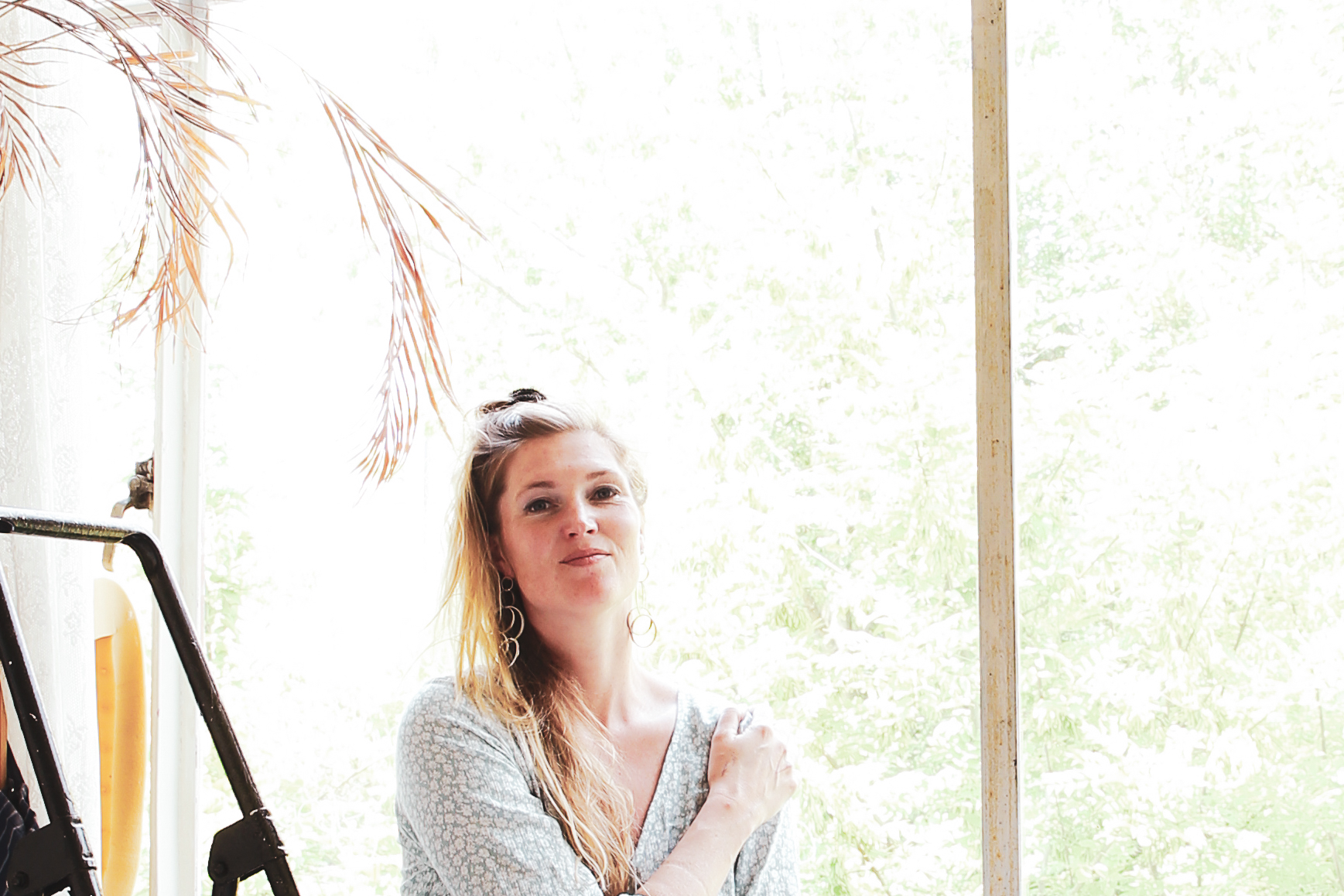
Biografie
Artist Inge van Heerde is fascinated by patterns in human behavior and societies. Since becoming a mother, motherhood is also an important theme in her work. Femininity, fertility and feminine values fascinate her greatly. She explores and shapes her findings through performances and captures them with her camera. She then manually and intuitively edits her photographs by working with sandpaper and scratch pens. Her work process shows the importance of adding and removing layers, just as we ourselves sometimes need to change “layers” (patterns) in ourselves or in society.
Meditation
About her work process, Van Heerde herself says, “My subconscious is inaccessible, but through meditation and an intuitive creation process I gain more insight into what is going on deeper inside me. It reveals my deepest values and patterns. I find these insights magical. Meditating and then creating images allows me to keep creating without too much doubt. Because what I create is. No more and no less. I also experience the method of shading and drawing lines as meditative. With some images that I work out, I only see afterwards what it wanted to tell me. The images are then like a diary of my subconscious.”
Subconscious
Van Heerde immediately wanted to collaborate on Doloris. “I think it is a beautiful and interesting concept and also links to the subconscious which I am very interested in and work with myself.” The work she created for Doloris allows the visitor’s subconscious to float in and out. She urges the visitor to trust that there is something there that can tell you something valuable, perhaps about yourself. Or who knows, maybe it will leave you with a completely different view of things than you are used to.
Artwork
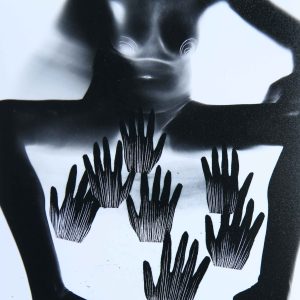
Hands and body, 2022
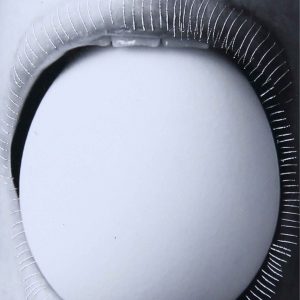
The last raw egg, 2022
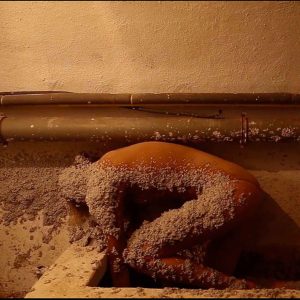
Dissolve In Space ,2018, a collaborative project by Krisztina Czika and Inge van Heerde
Britt Dorenbosch
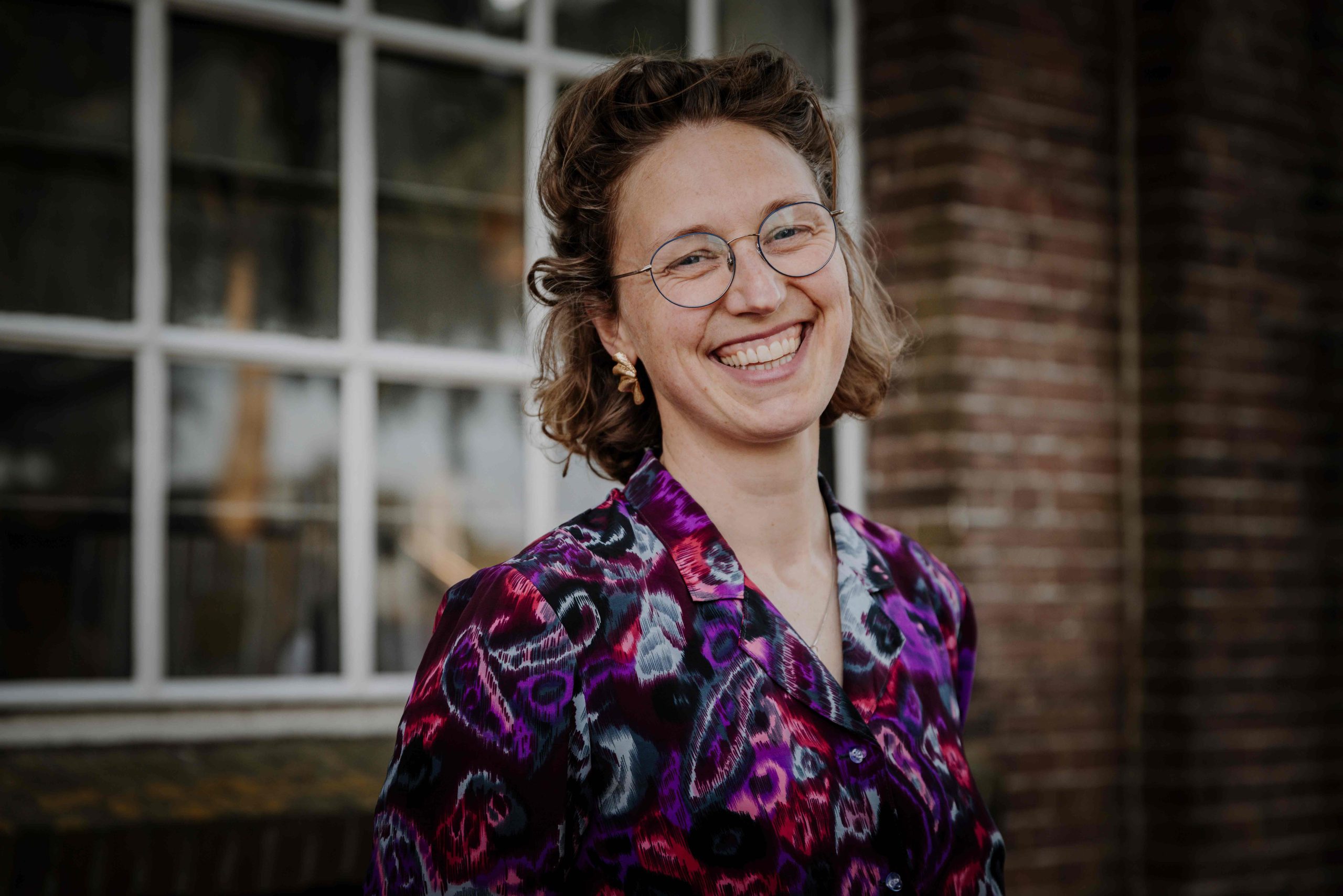
Biografie
Powerful color combinations characterize Britt Dorenbosch’s collages: they really pop off the wall. The artist takes you into her daily existence and youth in snapshots from her life. In particular, motherhood, female strength, fertility and the impact of having a child take center stage. Plump toddler hands peeling a tangerine, sliced open pears referring to childbirth, a look down while pumping: these are intimate and personal moments from motherhood lovingly depicted. From this gentleness, Dorenbosch casts a sharp eye on the question of whether there is really room for the mother in our society.
Stigma
It was initially quite uncomfortable to make work about motherhood, Dorenbosch admits. “There is still the stigma of the mother as a sentimental woman. Yet it was that very discomfort that also triggered something in me: the need to also be explicitly visible as a mother in my work.” She takes inspiration from female artists such as Paula Modersöhn Becker and Mary Cassatt. From her daughter’s feet to red-painted toenails: While painting and drawing, Dorenbosch adds or cuts away loose parts. This results in very layered collages, which not only question Dorenbosch’s own life, but also invite the viewer to reflect: what have you inherited from home? And what do you pass on?
Secretive
Motherhood, nature, connection, security and color are thus key words in this artist’s work, which you will also recognize in her work for Doloris. Dorenbosch decided to collaborate thanks to the freedom of the commission, which allowed her to really put her own spin on the image. The inspiration, an audio story, inspired Dorenbosch to create a mysterious, natural world. “My goal was to create a very layered experience, which you can think of as a birth,” she said.
Artwork
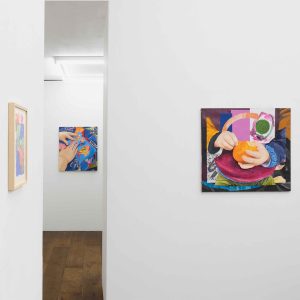
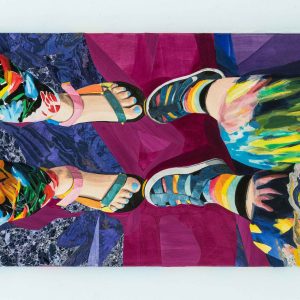
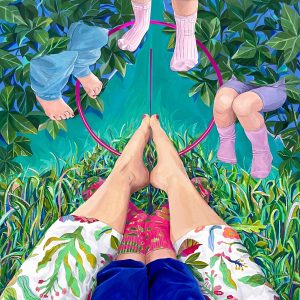
Picture 1. © Lize Kraan
Picture 2. © Robin Meyer
Picture 3. © Britt Dorenbosch
Samira Charroud
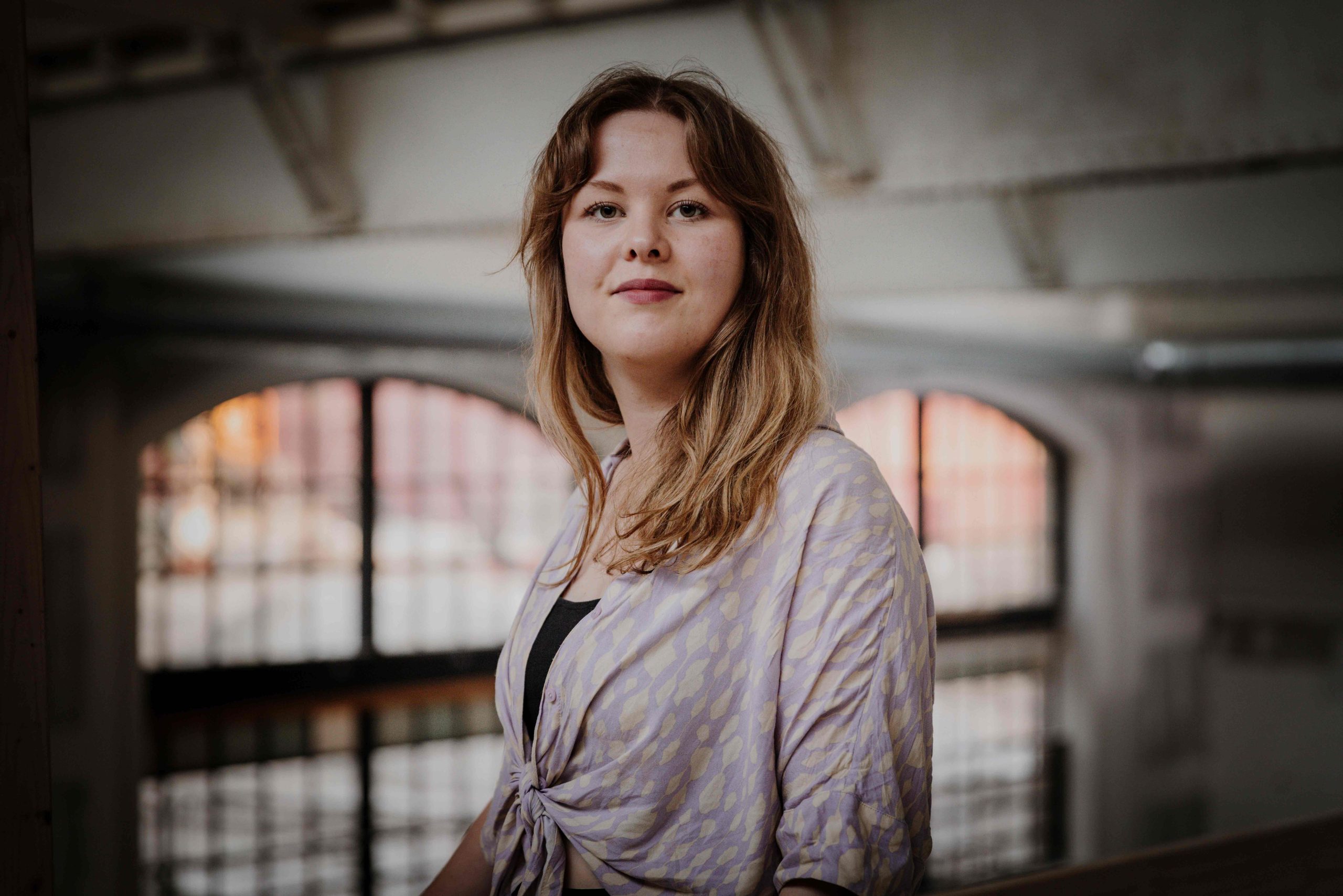
Biografie
Samira Charroud’s illustrations often transcend the flat paper. For example, she creates giant murals on buildings, or even a design for a carpet. Her illustrations are colorful and look like a collage because of the flowing lines and soft color areas. The soft colors and beautifully flowing lines give her work something poetic. Making connections is central to Charroud’s work. She is always looking for connections between different materials or, on the contrary, the connection between the work and its surroundings.
Moroccan landscape
Charroud sees herself as a storyteller; as a child she wrote stories to which she created illustrations. Her Moroccan roots also play a role in her work. She herself says: “I think I unconsciously let the landscape of Morocco recur a lot. Both in the wavy lines of the mountains and in the warm colors, pastels, blues, yellows. As a child I visited Morocco a lot in the vacations.” She also draws her inspiration from poetry, printing techniques (such as screen printing and risoprint), as well as other art and design disciplines.
Infinity
Bright colors, flowing shapes, connection, poetry, metaphors: all of these recur throughout Charroud’s work, whether it’s a mural or … a space for Doloris. In addition to being asked to collaborate on the identity, Charroud drew inspiration from an existing space in the Maze. “That space felt infinite, like I was in the universe. I wanted to evoke a sense of infinity, wonder, a place without time. Recognizable yet not,” Charroud said.
Cecilia Rebergen
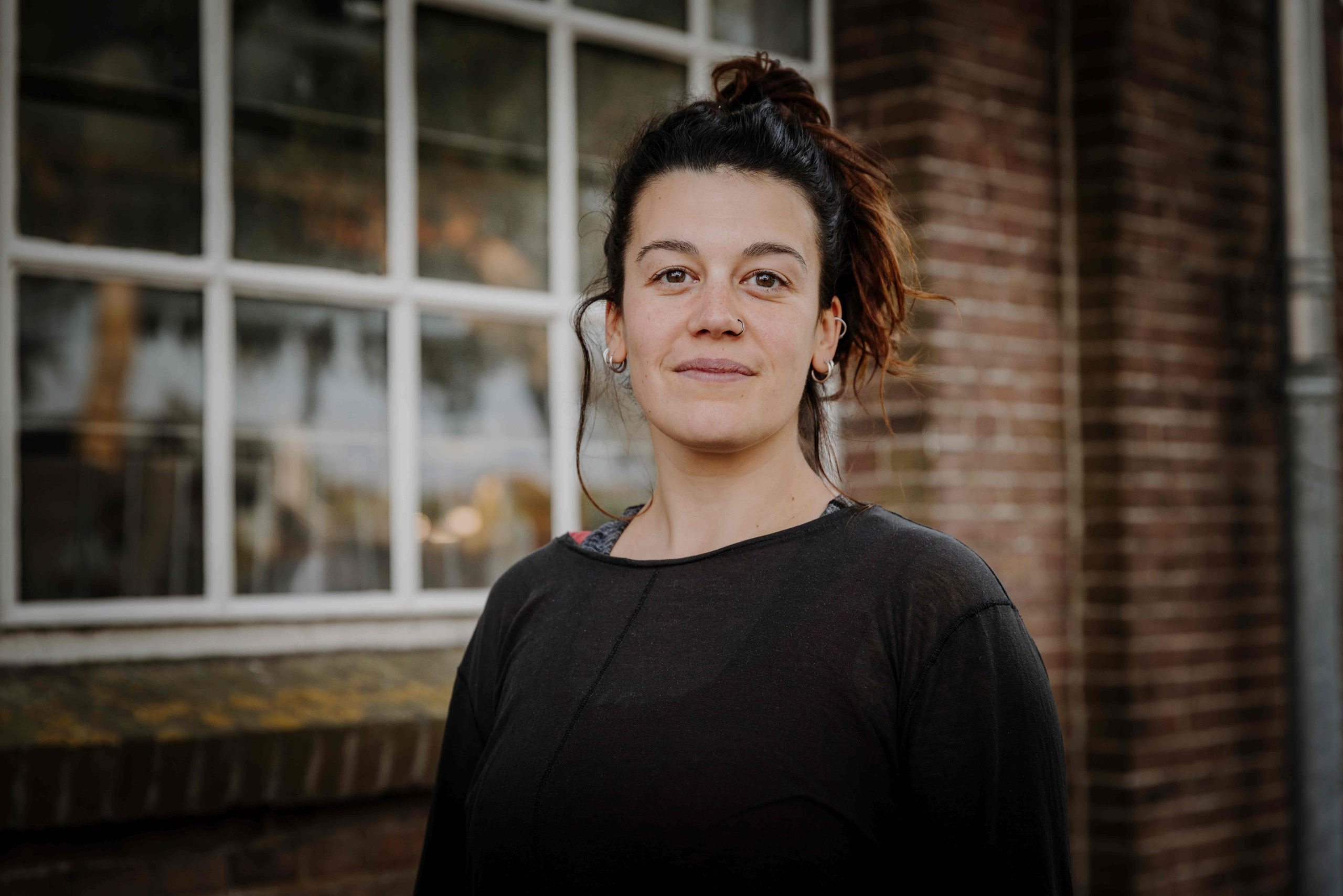
Biografie
Cecilia Rebergen’s sculptures and installations are both powerful and physical, as well as appealing to the intellect. Here’s the thing: for the sculptures, she likes to use large, heavy, folding materials such as rubber, canvas or textiles. These are twisted into graceful strings. On the flat, even surface, Rebergen paints letters and pictorial marks from notebooks around the world. Her work can be seen as an exploration of how to capture something as elusive as communication in writing.
Magical writing
During her research into scripts from around the world, Rebergen came in contact with the untranslated script Linear A. This is one of the oldest known scripts in Europe and originated about 5,000 years ago. It originated in Crete. Repainting it over and over, Rebergen felt more and more connected to it. Still the script has not been deciphered, but that is precisely what fascinates the artist so much. “It’s a kind of magical script that is between pictogram and letter,” she says. “Even though you can’t read the writing, it communicates with you very clearly. I find it very fascinating to think about what mysteries are behind it. In my studio, I’ve really felt like Indiana Jones at times, trying to unravel ancient mysteries.”
Universal language
Formal characteristics, variations of form, rhythms and systematics are the guiding principles in Rebergen’s art. By painting the signs over and over again, she learns the writing as if it were her own, without knowing the meaning of words. Thus, it is as if the writing is telling a universal story. Her fascination with writing is also reflected in the work Rebergen created for Doloris. She knew immediately that she wanted to collaborate: “It’s a very cool concept, good idea that people in the maze explore on their own.”
Artwork
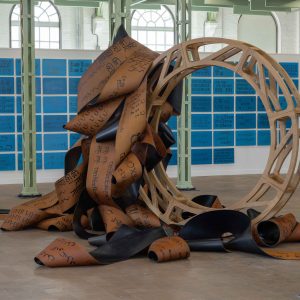
YIELD, RESIST (front) en Script of the City (Drawings) (background)
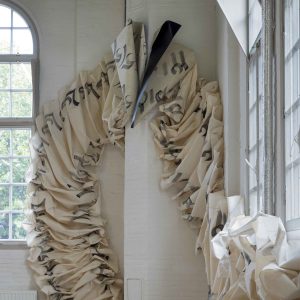
Lineair A, Dysfunctional Variations
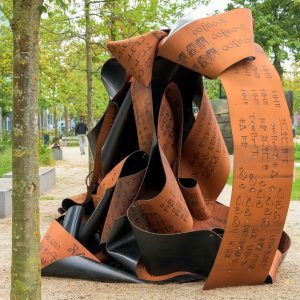
Script of the City
Picture 1. © Lize Kraan
Picture 3. © Robin Meyer
Picture 4. © Dirk Verwoerd
Lybrich Wieringa
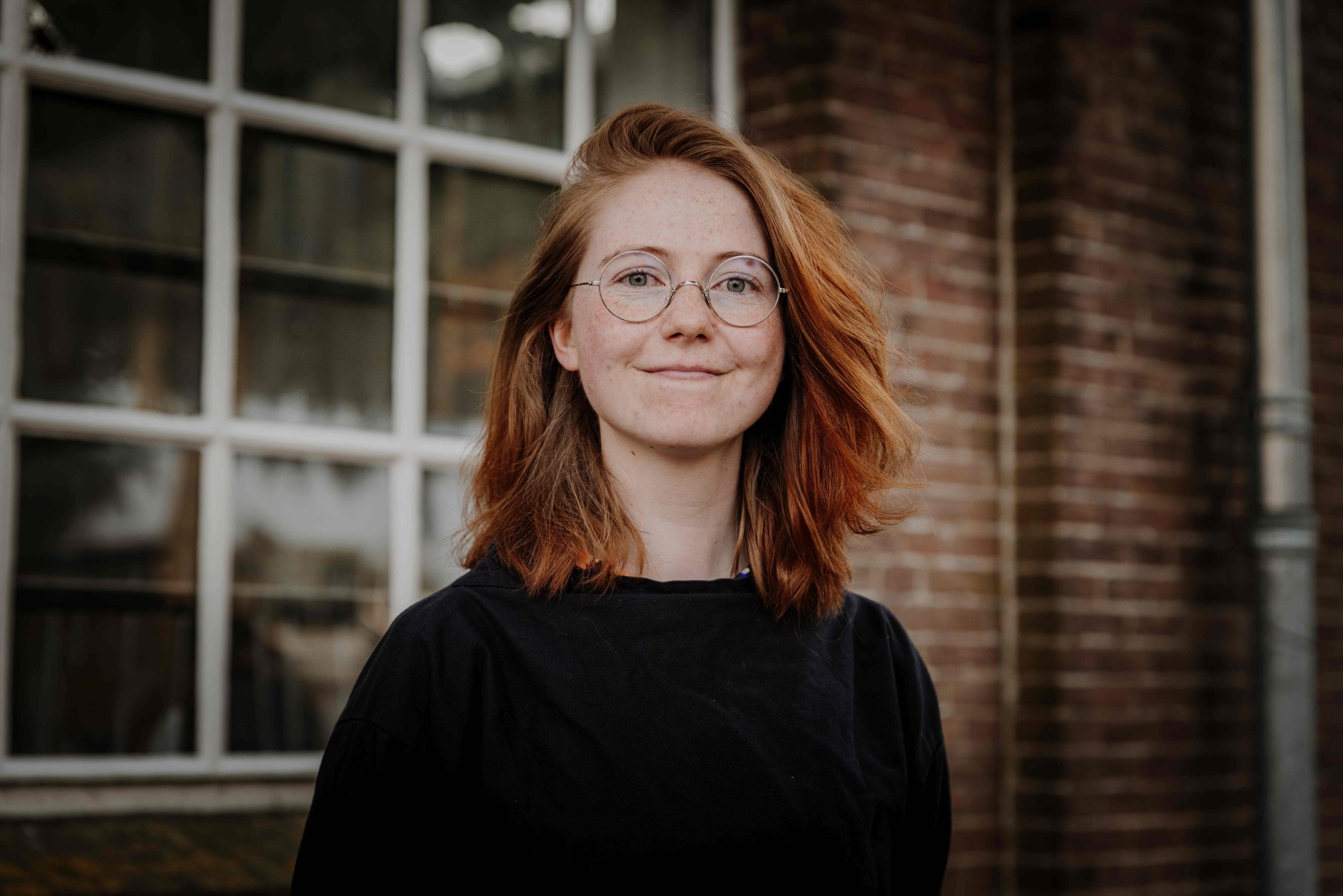
Biografie
Lybrich Wieringa’s colorful illustrations will make you instantly happy. They are full of playful poetic associations and stimulate your curiosity and imagination. When she is not drawing, she likes to be on her bike; racing across town to the studio. In doing so, she opens her senses to everything she encounters along the way. Once she arrives at the studio, she gets to work on these impressions. From cute leaf blowers to children on bicycles, from cheerful ponchos people wear when it rains to cozy picnics: the city (Utrecht in particular, but you can see any city in it) comes to life in her drawings.
Scandinavian
Wieringa finds her inspiration in old encyclopedias, memories of camping trips and fresh Scandinavian influences. She expresses it in bright colors and fresh textures. In addition to free work, she is also busy with commissioned work. Banks, broadcasters, publishers, magazines, social foundations and municipalities, both at home and abroad, are among her clients. And now so is Doloris!
Shadowplay
Collaborating on Doloris is a “cool experience,” she says. “It’s great fun to be able to work with this creative group of people. And it was unique to be given such a free and inspiring assignment. I was immediately stimulated!” Creating something for the art maze was something Wieringa saw as a little adventure. It resulted in an illustration with shadow play and twilight, a place where curious people, physical space and imagination come together and lead to a wonderful experience. She hopes that after experiencing her artwork, visitors’ imaginations have been revived for a while.
Tijmen Snelderwaard
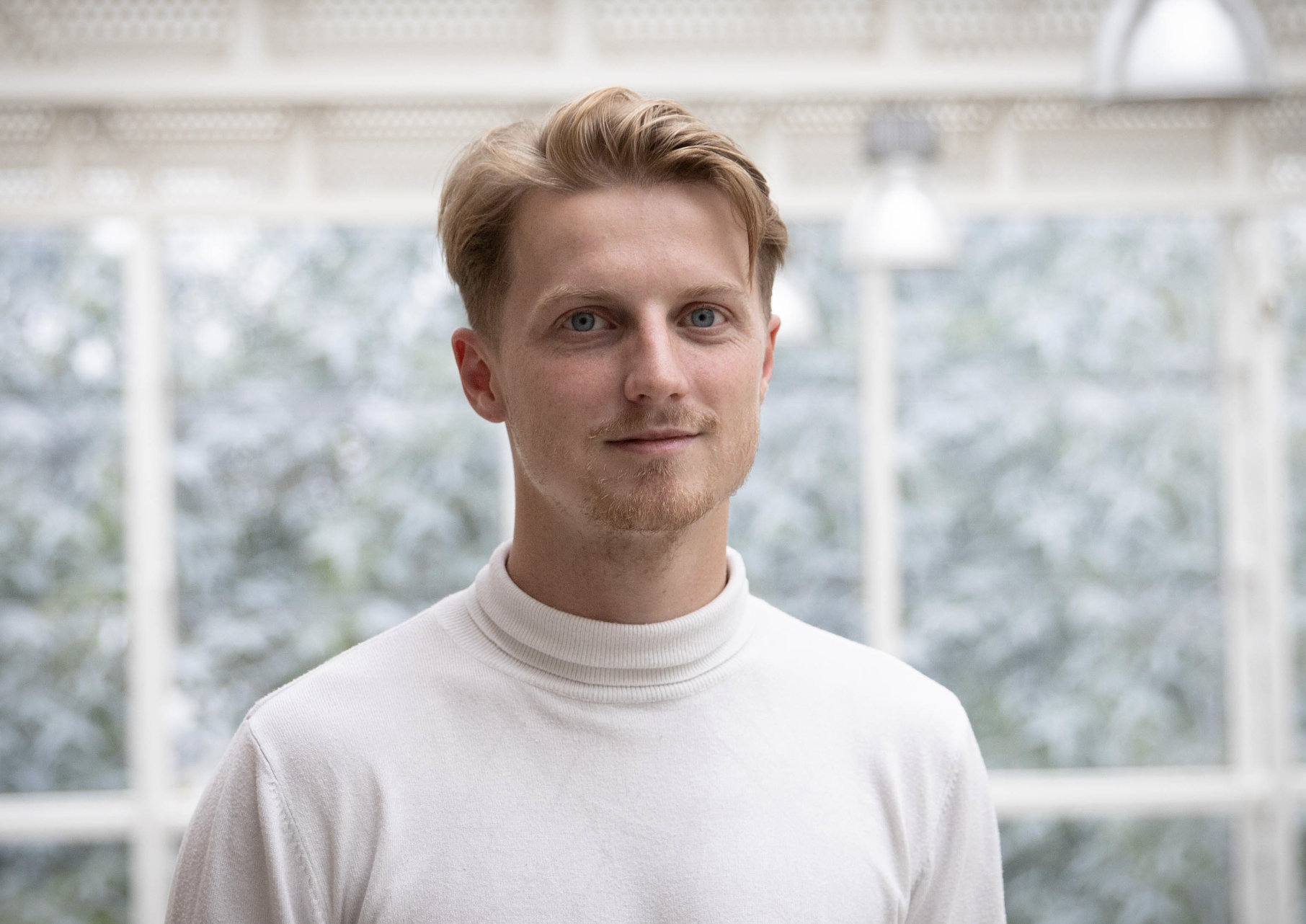
Biografie
Stories of the 21st century
Tijmen Snelderwaard, as he puts it, “grew up on the Internet” and graduated from HKU. As a designer, illustrator and visual artist, he stands out for his futuristic style. “As a society, we have been telling stories in a visual way for thousands of years,” Snelderwaard says of this himself. “But as print media slowly fades into the background to make room for new media, we face a challenge to tell these stories in a new way.” Leave it to Snelderwaard to do just that. In his multidisciplinary approach, he uses 3D, XR and animation techniques, among others, to shape the stories of the 21st century.
Skins of marzipan
Snelderwaard’s illustrations are mostly populated by cartoon-like, voluminous and colorful human figures. Their soft and pliable skins look like they are made of clay or marzipan; Snelderwaard likes to elaborate on the textures of the skin to further emphasize this. As “pop” and “grotesque” as his sculptures sometimes look, the artist finds his inspiration “simply” in everyday life. “It is very interesting to see how people constantly change throughout their lives,” Snelderwaard says. But contemporary visual culture and philosophy books also often give him new thoughts. You will also certainly recognize his colorful and futuristic imagery in the work he made for Doloris in his hometown of Utrecht.
Gemma Pauwels
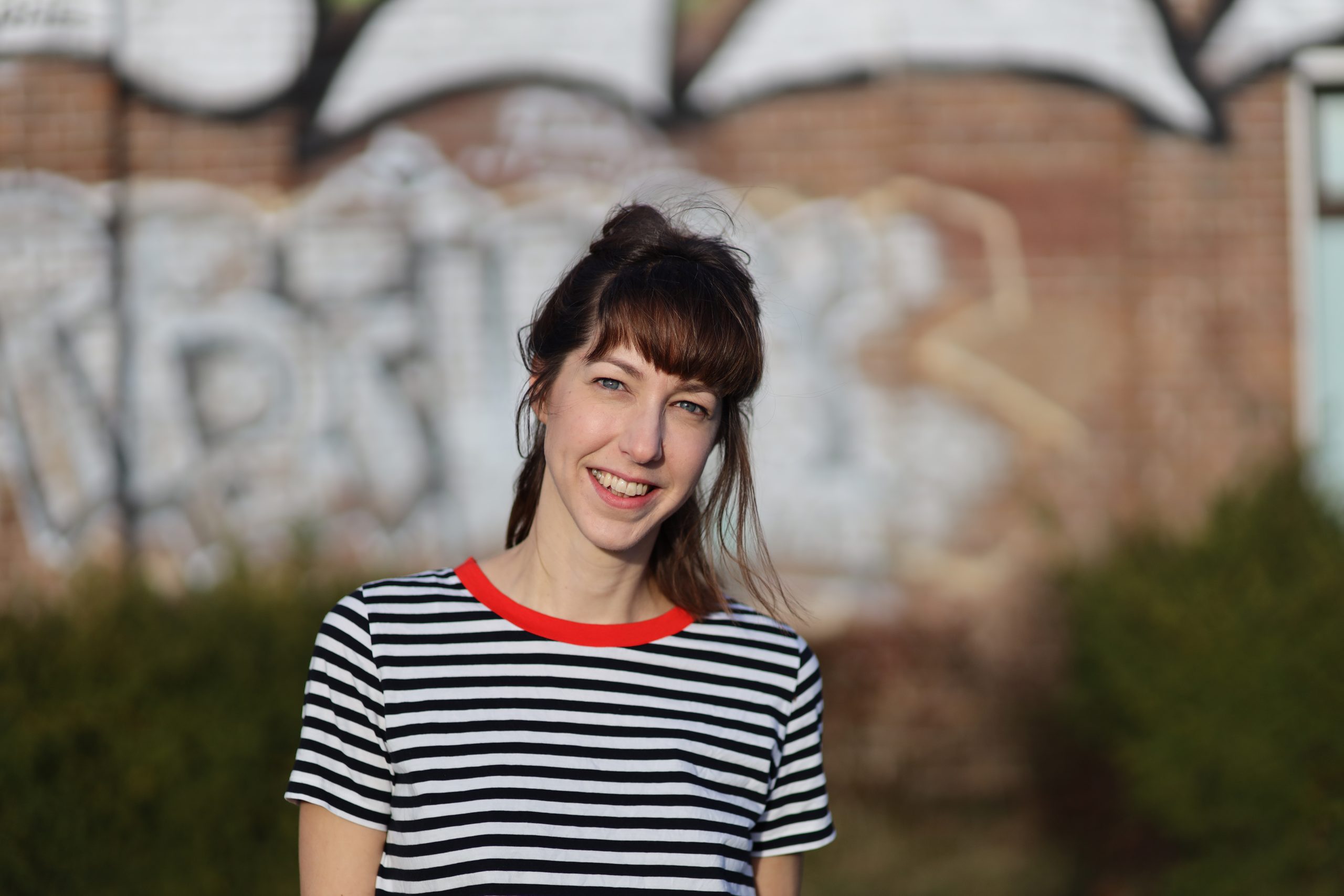
Biografie
Ink and paper
Utrecht-based artist and illustrator Gemma Pauwels creates work for newspapers and magazines, such as Trouw, Theatermaker Magazine and Traveler. She likes to experiment with different techniques and materials. Her style can also be called experimental. Although she is known for her versatility, and in the past she regularly made installation art and spatial collages, ink and paper remain her favorite medium. With these materials, she forms collages in which chance plays an important role, resulting in unique compositions.
Nature vs. man
Even though she now prefers to opt for “flat work,” Pauwels also used to enjoy building installations, as mentioned above. She saw these as “little worlds,” created with a lot of different materials such as wood and paper. Playing with colors and lines and bringing the outside world together with her inner world were – and still are – guiding principles for this. Pauwels is inspired by many things: fragments from her life, the delicate balance between human structures and the power of nature, the city as an eternal process of construction and destruction.
Poster
Pauwels immediately wanted to create work for Doloris as well when she was asked. “Like this museum, I also like to create new worlds, but with ink and paper,” she explains. She designed a poster for the Meta Maze in Utrecht, where she uses the collage technique to let a new world reveal itself. The work is “a real Pauwels”: you immediately recognize the fresh colors, the play with colors and lines, the search for a balance between chaos and order and the tension between figuration and abstraction.

